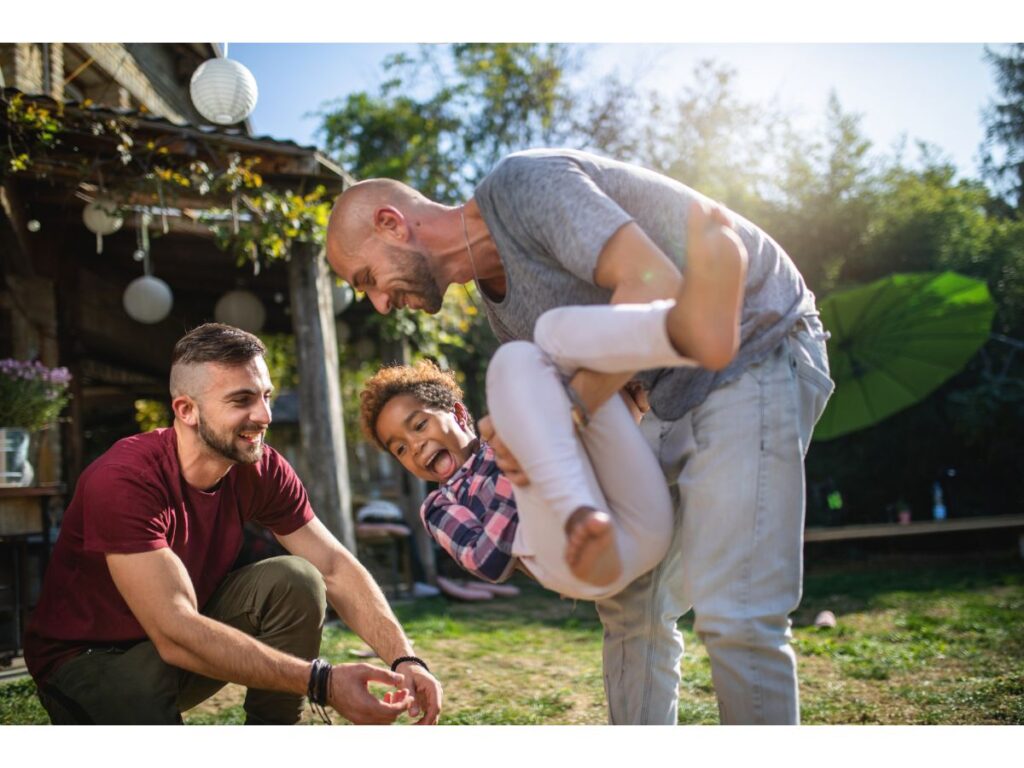Navigating Post Adoption Communication

When a family is expanded through adoption, two families (the child’s birth family and adoptive family) are joined together for a lifetime creating their own extended family network. Navigating post adoption communication requires sensitivity, empathy, and clear communication between all members of the adoption constellation.
Relationships built through adoption are unique to each family and person. Some relationships start off fast and strong with an instant connection while others take time to build upon. Just like a new relationship, it takes time and consistency to build a positive, healthy relationship between adoptive and birth families.
Guidelines for establishing healthy and respectful post adoption communication:
Set Clear Expectations in the Beginning:
- Before the adoption, talk openly about what each person expects and wants from the relationship. Think of this as setting the framework for future communication.
- Determine preferred ways of communicating (e.g., in-person meetings, phone calls, emails, letters, social media).
- Understanding the agreed upon framework is fluid and can change over time. This framework doesn’t mean you can’t have more or less communication down the line as long as it’s talked about and agreed upon by everyone.
Understanding Individual Needs:
- Learn and respect the unique needs and desires of each member of the triad.
- Encourage open dialogue to express feelings, concerns, and expectations.
- Acknowledge any potential anxieties or uncertainties and work together to address them.
Building Trust and Respect:
- Foster an environment of trust and mutual respect among all members.
- Be honest, transparent, and empathetic in communication.
- Avoid judgment and strive to understand each other’s perspectives.
Maintaining Consistency:
- Set goals of when pictures or updates can be expected to be sent out. While there needs to be some flexibility and understanding that life happens, set a standard of when photos will be sent or visits to happen (ex: photos sent every 3 months or visits take place around a given holiday and the child’s birthday).
- Be reliable and responsive in fulfilling agreed-upon communication commitments.
- Address any changes or disruptions to the communication plan promptly and openly. Utilize your adoption social worker or agency to help express hard feelings if needed.
Respecting Boundaries:
- Clearly communicate your boundaries in terms of what you are open to rather than what you are not open to.
- Respect boundaries set by each person.
- Understand that boundaries may evolve over time and be open to change.
- If you are unsure of the other person’s boundary, just ask!
Talk Openly and Talk Often with The Child:
- Provide little moments of connection with a child’s birth family regardless of the level of communication you have with their birth family. (ex: Celebrate birth parent’s birthdays, saying “your smile is so bright, just like your birth moms!”, draw pictures or write letters to birth family members).
- Consistent connection to a child’s birth family helps build a greater sense of belonging and sense of self.
- Celebrate milestones, achievements, and important life events together.
Seeking Support and Resources:
- Continue to seek education and support from adult adoptees or birth families. When we know better, we do better.
- Connect to an adoption competent therapist who can help you work through your own feelings and emotions regarding adoption.
- Seek guidance from your adoption agency and social workers. If you are unsure how to handle a situation or respectfully communicate your feelings, professionals are able to provide that buffer and support for everyone during a challenging time.
Adapting to Changes:
- Remain flexible and adaptable to evolving dynamics within the triad.
- Address any challenges or conflicts that may arise as they come up.
- Approach changes with empathy, understanding, and a willingness to compromise if needed.
Prioritizing the Child’s Well-being:
- Keep the best interests of the adopted child at the forefront of all communication and decision-making.
- Foster a supportive and nurturing environment that promotes the child’s emotional and psychological development.
- Ensure that the child feels loved, secure, and valued by all members of the triad.
ACI encourages birth and adoptive families to view their relationship just like every other familiar relationship in their life. When the pressure and fear of upsetting the other person is stripped away, we hope families realize the normalcy and familiarity in post adoption relationships.

